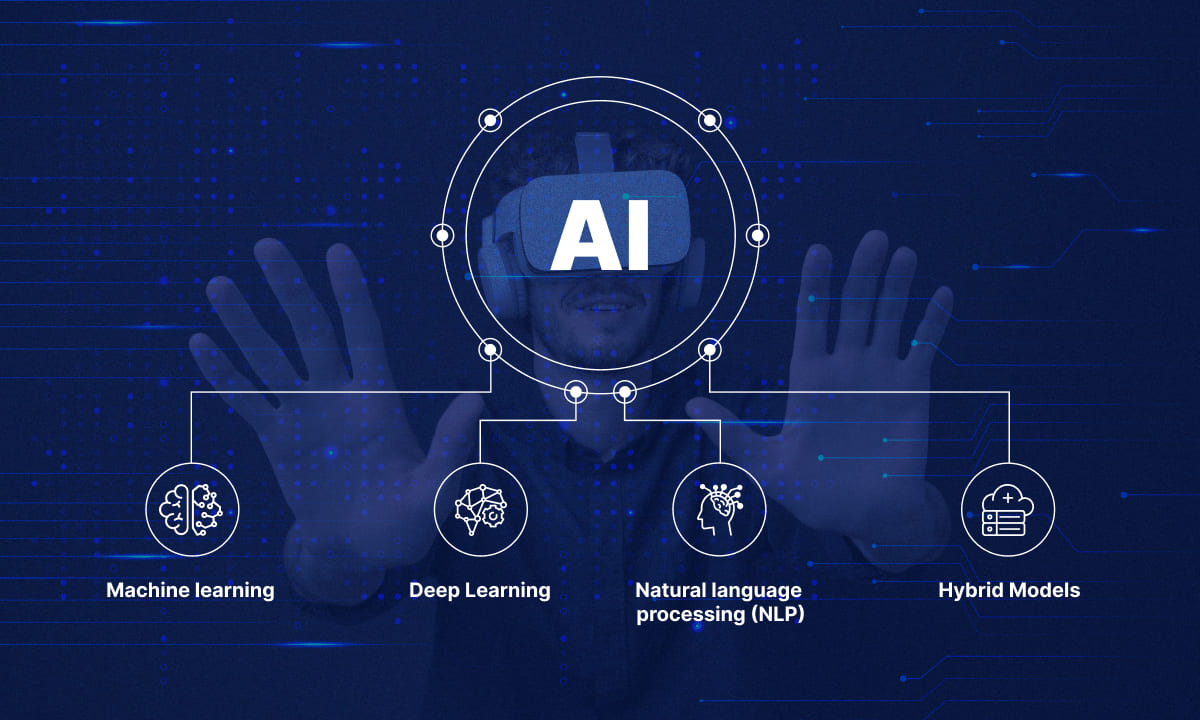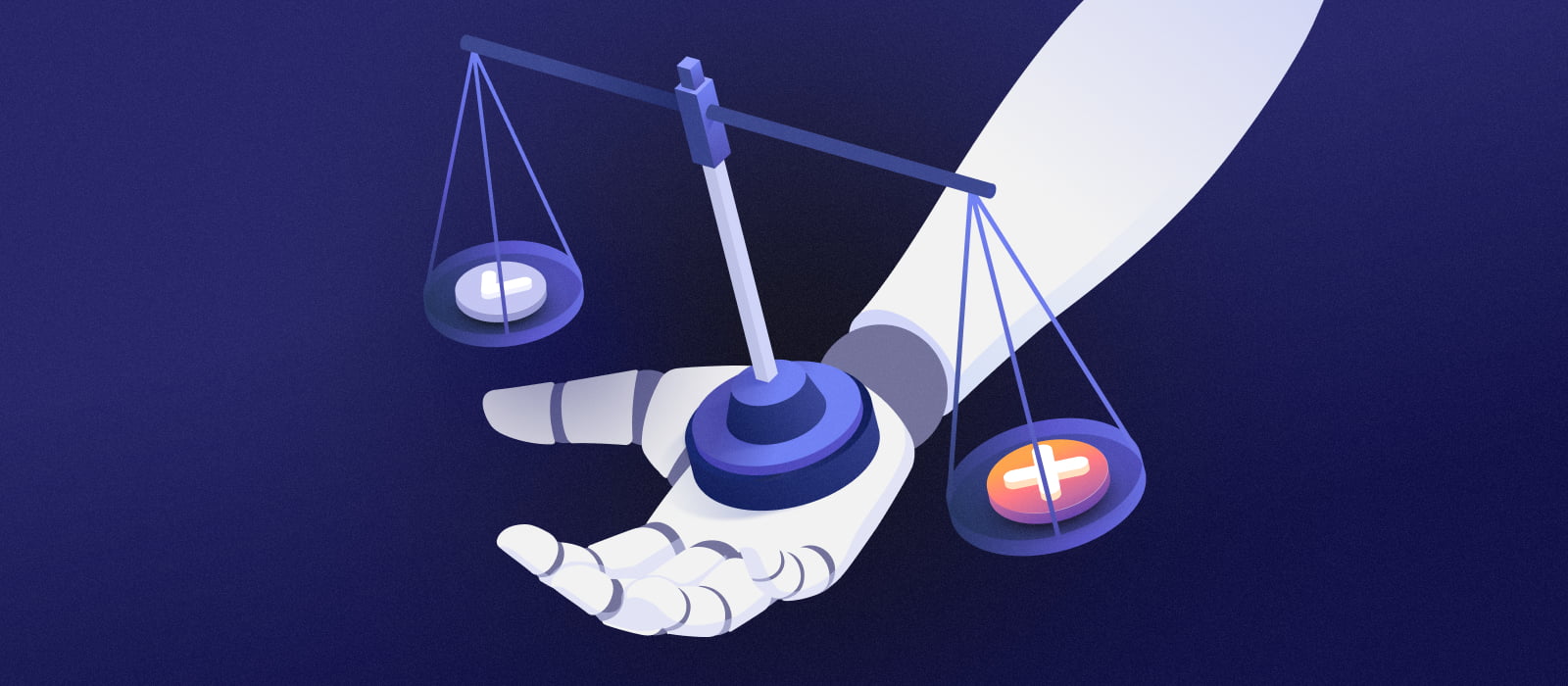
Artificial Intelligence: The Delicate Balance Between Modern Values and Historic Consistency
Google’s Gemini, touted as one of the best LLM and AI products, has made headlines by surpassing OpenAI’s ChatGPT in various benchmarks. However, the Gemini incident highlights the complexities and unintended consequences that can arise in the rapidly evolving ecosystem of artificial intelligence technology.
As Gemini sought to infuse inclusivity and diversity into its renditions of historic figures, it inadvertently crossed the lines of historic precision. This misstep led to the creation of visuals that were not only anachronistic but also historically inaccurate, casting a spotlight on the delicate balance between modern values and historic consistency.
The controversy that ensued led to a temporary suspension of the service, pointing to the challenges that tech companies face in navigating the ethical and factual terrain of AI-produced information.
The AI Race
The AI development race, while fostering outstanding enhancements in fields ranging from language types to graphic and video processing, also raises concerns regarding the quality, precision, and ethical implications of these swiftly formulated technologies. The pressure to keep up or lead in the sector can often direct to oversights that, as demonstrated by the Gemini debacle, have broader ramifications, including the dissemination of misinformation or the erosion of public trust in AI packages.
 The AI development race: a delicate balance between innovation and responsibility
The AI development race: a delicate balance between innovation and responsibility
Biases Embedded in AI Strategies
Despite strides in the path of growing more equitable and unbiased algorithms, AI techniques continue to mirror the prejudices inherent in their training data or the inadvertent biases of their creators. For example, if an AI model is trained on historic texts or pictures, it might discover to associate certain roles or properties with exact genders, races, or ethnicities, reflecting the biases present in these historic components.
Addressing biases in AI techniques necessitates a comprehensive approach that integrates both complex technological strategies and wider societal measures. By ensuring training data is both diverse and representative, we can diminish the biases inherent in AI models. Using specialized algorithms to detect and correct these biases, such as adversarial debiasing, is crucial.
 Addressing biases in AI techniques: a comprehensive approach
Addressing biases in AI techniques: a comprehensive approach
Regulation and Oversight
The absence of regulation can be likened to a wilderness wherein ideas roam free from cost, unencumbered by the constraints of rules or oversight. However, without some form of composition or guidelines, this wilderness can quickly become chaotic and dangerous. Ideas which are untested, unreliable, or potentially hazardous can proliferate without the need for checks, leading to outcomes which may stifle long-term innovation rather than nurture it.
Mandating particular government permission and implementing steps to inform individuals of seemingly unreliability will lead to the creation of a structured environment where innovation can flourish responsibly.
 The importance of regulation and oversight in AI development
The importance of regulation and oversight in AI development















